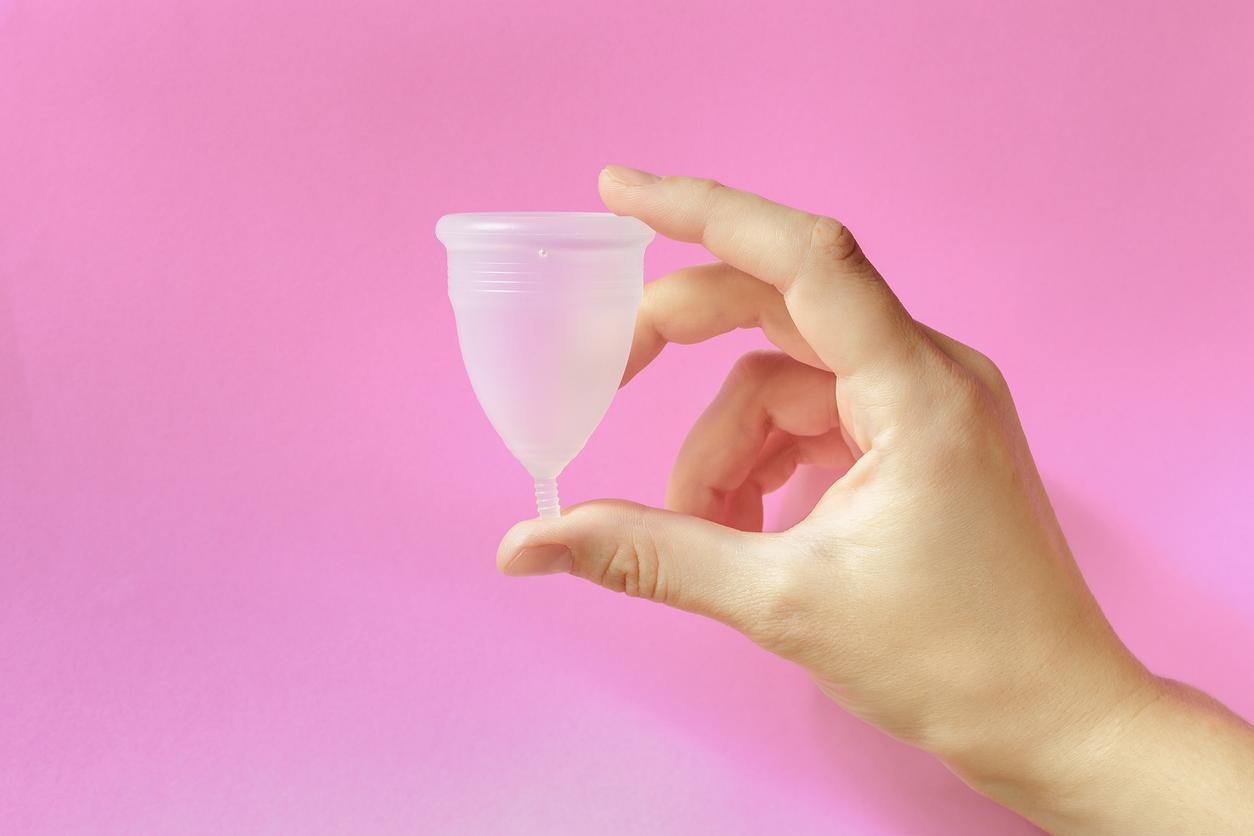This new protein is an important regulator of inflammation in the female reproductive system.
-1580295196.jpg)
Bacterial vaginosis is the most common bacterial infection in women. It is characterized by an imbalance of the microbial flora of the vagina, and can create genes in some women, such as pain, itching and an unpleasant odor. However, bacterial vaginosis is especially problematic for pregnant women, since it can induce bleeding and increase the risk of miscarriage.
For now, researchers at least know that women with bacterial vaginosis have high levels of the pro-inflammatory protein. A new collaborative study, published in the journal Journal of Infectious Diseases and led by the University of Arizona College of Medicine (USA), has added value to the understanding of this infection which affects more than 21 million women in the United States.
A cytokine responsible for bacterial vaginosis
Bacterial vaginosis is quite complicated to study and understand, as it involves multiple infectious agents. Women who suffer from bacterial vaginosis are more likely to contract sexually transmitted infections and other illnesses, according to the Centers for Disease Control and Prevention (CDC). Likewise, without the medical profession being able to explain it for the moment, bacterial vaginosis occurs more easily in women who are sexually active, who have several partners or who have sex with a new partner.
To better understand the mechanism of this infection, the team analyzed cervical-vaginal epithelial cells collected from women with and without bacterial vaginosis, which provides a basis for comparison in order to improve screening.
For this study, the researchers took vaginal smears from 23 women between the ages of 18 and 45, who were not yet menopausal, in order to see the concentration of cytokine IL-36γ in these samples. Cytokine is a protein synthesized by cells of the immune system that serves to regulate the action of other cells. In their hypothesis, the team thinks that the concentration of cytokine IL-36γ would be linked to the appearance of bacterial vaginosis. In order to better understand the phenomenon, the researchers profiled the microbiome of women with and without bacterial vaginosis, in order to determine whether the cytokine IL-36γ was elevated or not in women with bacterial vaginosis.
The mixture of bacteria promotes genital inflammation
“These new findings, together with our other recent reports, are incredibly exciting as we deepen our understanding of this novel cytokine in health and disease in the reproductive tract,” enthuses Professor Melissa Herbst-Kralovetz. associate in the Department of Medical Sciences at the University of Arizona who led the study. According to her, the level of cytokine IL-36γ, “is elevated in bacterial vaginosis and could play a key role in the susceptibility to trigger other diseases”.
The researchers found that during a polymicrobial infection, that is, by bacteria associated with bacterial vaginosis, the cytokine IL-36γ induces a significant inflammatory response. These results highlight the potential collaboration between different bacteria that may influence levels of genital inflammation.
“The study allows researchers to better understand how different microbes commonly found in women with bacterial vaginosis contribute to the activation of specific components of our immune system, which may be related to the incidence and the recurrence of the disease”, indicates Pawel Laniewski, scientific researcher and member of the laboratory of Doctor Herbst-Kralovetz.
The role of IL-36γ still remains largely unknown, but researchers know that it causes and exacerbates the inflammatory response. Therefore, IL-36γ may be an important mediator of disease response. The cytokine IL-36γ is an important regulator of inflammation in the female reproductive tract, which may have broad implications with other sexually transmitted bacterial and viral infections, as well as in gynecological diseases.
“This is just the beginning, but these data further highlight this emerging cytokine as a key player in female reproductive tract and women’s health,” concludes Melissa Herbst-Kralovetz.
.
















